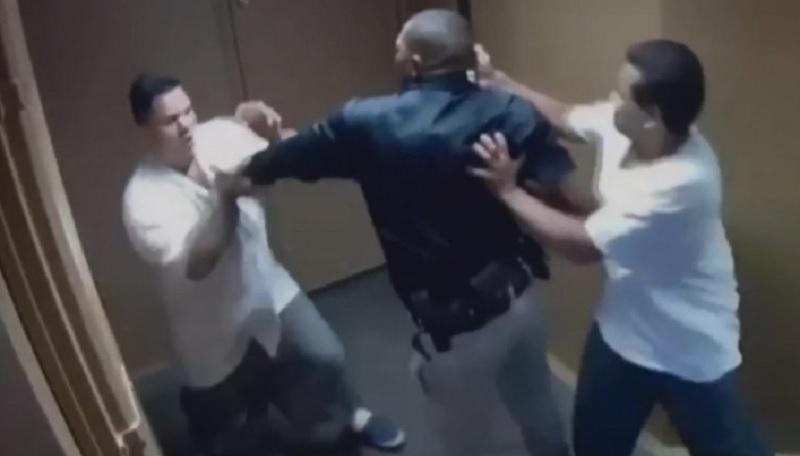
If someone were to ask for a list of law enforcement agencies and specialties, would Corrections Officer (CO) be included? Some debate whether COs are law enforcement officers (LEOs) or not. On the side of the LEO argument, the CO responds to disturbances and criminal activity, uses their presence to deter disorder, investigates offenses, and has the authority to take physical control of persons. Opposing that position is the argument that the CO does not serve the public at large, is usually not carrying a firearm, and has limited power outside of the correctional facility.
Some states give peace officer status to COs, at least in certain situations such as when escorting or transporting a prisoner outside of the facility. A complicating factor in the definition is the various level of corrections personnel. Local and county jails may be staffed by deputies with peace officer duties. The most important difference between jails and prisons is that jails also house persons not yet convicted of their alleged crimes.
Although there are some very large county detention facilities, such as Los Angeles County’s with about 15,000 incarcerated persons, the largest inmate population tends to be in state prisons. Counting federal facilities, city and county jails, state prisons, juvenile facilities, civil commitment and psychiatric confinement facilities, immigration detention facilities, military prisons, Indian country jails, and privately contracted prisons, there are nearly 2 million persons held in secure facilities in the U.S.
Constitutional protections of due process, freedom from cruelty, and even unreasonable searches are all part of the complex legal framework that COs must navigate. A prison, and even smaller facilities, are self-contained communities. People need to eat, get medical care, practice their religion, get exercise, bathe, and engage in daily activities in a secure environment. Even the most mundane activity of the residents and workers in confinement facilities is subject to security procedures and precautions.
Something often heard of convicted persons being sent to prisons is “at least they can’t hurt anyone anymore”. That’s true unless you count COs. The corrections profession suffers one of the highest injury rates in the workforce. Assaults on COs are an ever-present hazard of the job. In addition to violent assaults from unarmed inmates, the creativity of prisoners in making and obtaining weapons makes cutting and stabbing injuries and fatalities a constant threat.
Many correctional facilities have a museum or at least a display that includes examples of prison-made weapons. Industrial activities that provide inmates with the coveted opportunity to work include food service, metal fabrication, and woodworking. Many prisons make products for the state or for sale to support the facility or inmate activities. This introduces tools and materials into the prison that must be carefully inventoried. Even with security procedures, objects that can be made into edged weapons end up in the hands of inmates.
German inmates constructed a working shotgun using a bedpost, a charge made from lead from duct tape and matchheads, and an igniter made of a broken light bulb and AA batteries. It was discharged during an escape. A decorative wooden crucifix was discovered to contain a sheathed, sharpened metal rod. Blades from disposable razors are melted into toothbrush handles to make a deadly slashing weapon. Paper products are wetted and molded into hardened saps. Plastic bags are filled with urine or fermented products of sugar and smuggled fruit to toss at COs.
In addition to weaponry, articles are fashioned for use as drug paraphernalia or tools for escape such as keys, grappling hooks, or chisels. Items to push barbed wire aside or to cushion an escape over razor wire can be found during searches. Narcotics use is still a problem behind prison walls as items are smuggled in or tossed over the walls, and somehow, cell phones also make their way into correctional facilities to be used for criminal transactions or planning an escape.
Whether they carry the label of LEO, those maintaining order behind the prison walls face deadly challenges every moment of their shift. They deserve our thanks and respect.